
Mastiffs are among the most majestic and imposing of canine breeds, known not only for their size and strength but also for their diverse and stunning coat colors. The term “Mastiff” generally refers to a type of large dog that includes several breeds, such as the English Mastiff, Tibetan Mastiff, and Bullmastiff, each of which displays a variety of coat colors that enhance their powerful presence. These colors can range from fawn and apricot to brindle and black. Each color has its own genetic background and can affect the dog’s appearance in different ways, from the striking contrasts of the brindle to the subtle elegance of the fawn. Understanding these color variations can be essential for breeders and owners alike, ensuring that these dogs not only look magnificent but also adhere to breed standards where necessary. This article explores seven stunning color variations of Mastiffs, illustrating the beauty and diversity of this noble breed.
1. Fawn
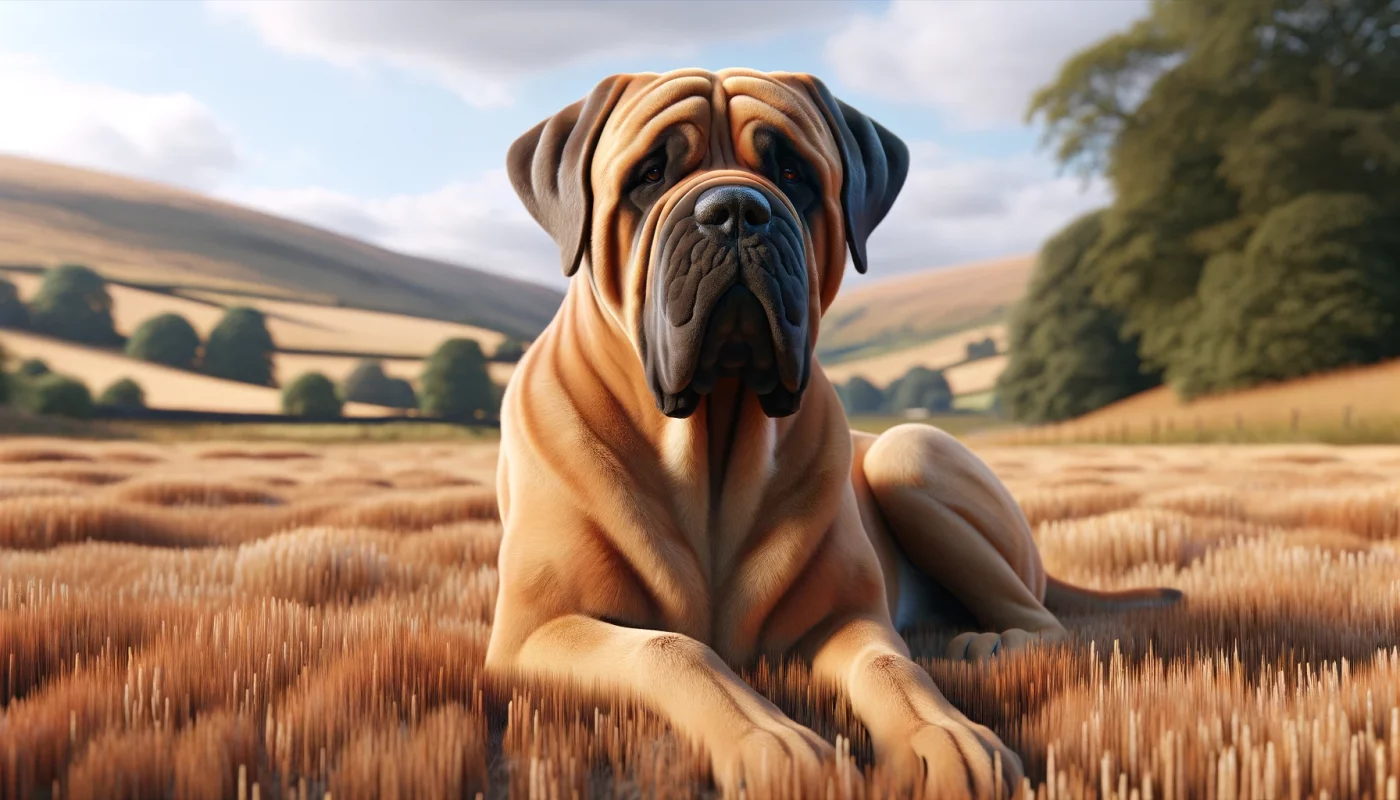
The fawn Mastiff is one of the most common and recognized colors within the breed. This color ranges from a light, sandy shade to a deeper reddish hue, often complemented by a darker mask on the face, which enhances the expression of the dog. Fawn Mastiffs exude a gentle yet imposing presence, with the lighter shades illuminating their massive structure under sunlight. This color is often seen in the show ring due to its traditional and popular status. Owners appreciate the fawn Mastiff for its classic look, which has been depicted in many historical paintings and sculptures, celebrating the breed’s long heritage as a guardian and companion.
2. Apricot
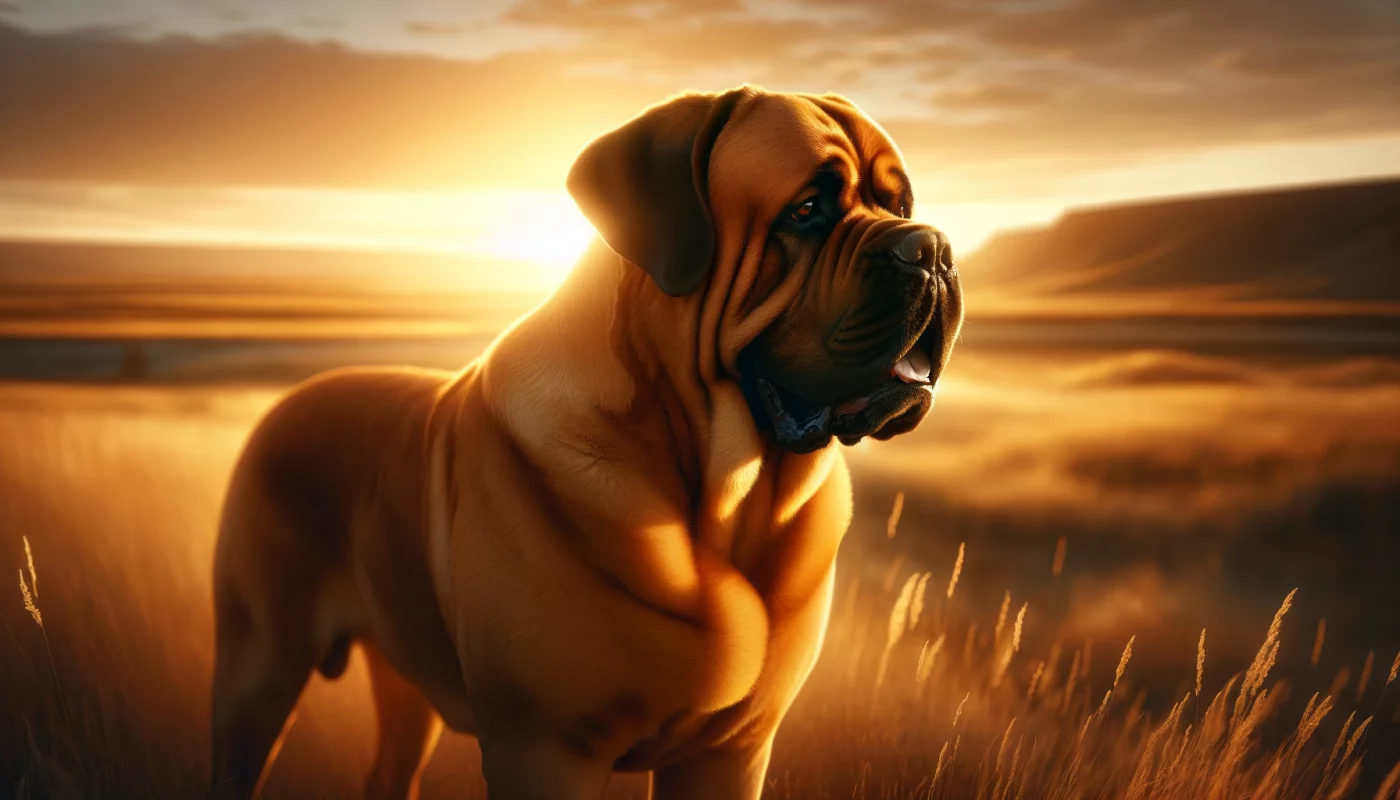
Apricot Mastiffs possess a richer, more vibrant coat color that resembles the golden hue of a ripe apricot. This color variation is similar to fawn but with a deeper and more intense gold tone that catches the eye. Like their fawn counterparts, apricot Mastiffs typically feature a darker mask that provides a striking contrast to the bright coat. This color can range from a soft, light apricot to a deeper, almost burnt orange shade. Apricot Mastiffs are particularly stunning during the golden hours of sunrise and sunset when their coats seem to glow with a life of their own.
3. Brindle
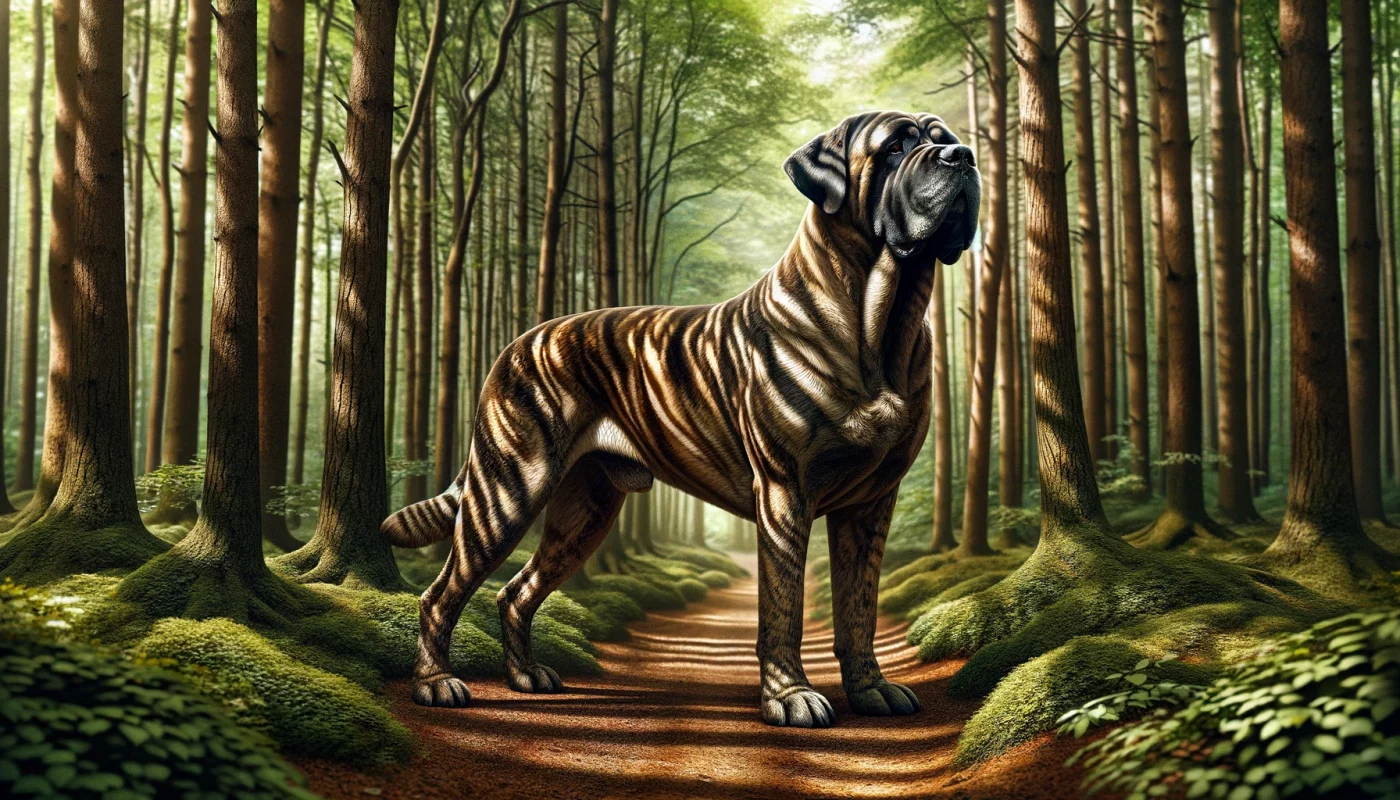
Brindle Mastiffs features a mix of colors that creates a striped effect, ranging from subtle to pronounced. This pattern is usually a mix of black stripes over a base of fawn or apricot, giving the dog a tiger-like camouflage that is both beautiful and unique. Brindle can vary widely in appearance, with some dogs showing wide, bold stripes and others displaying finer, more intricate patterning. This coloration is not just visually striking but also historically valued, as it was believed to provide better camouflage in wooded areas during hunting or guarding duties.
4. Silver Fawn

Silver fawn is a less common color variation found in Mastiffs, characterized by a fawn coat that has a silvery sheen. This unique coat results from a dilution of the typical fawn color genes. Silver fawn Mastiffs are admired for their ethereal and elegant appearance, which sets them apart in any setting. The silvery overlay on the traditional fawn base adds a level of sophistication and rarity, making these dogs highly sought after by enthusiasts and breeders who desire something a bit different within the breed standard.
5. Dark Fawn
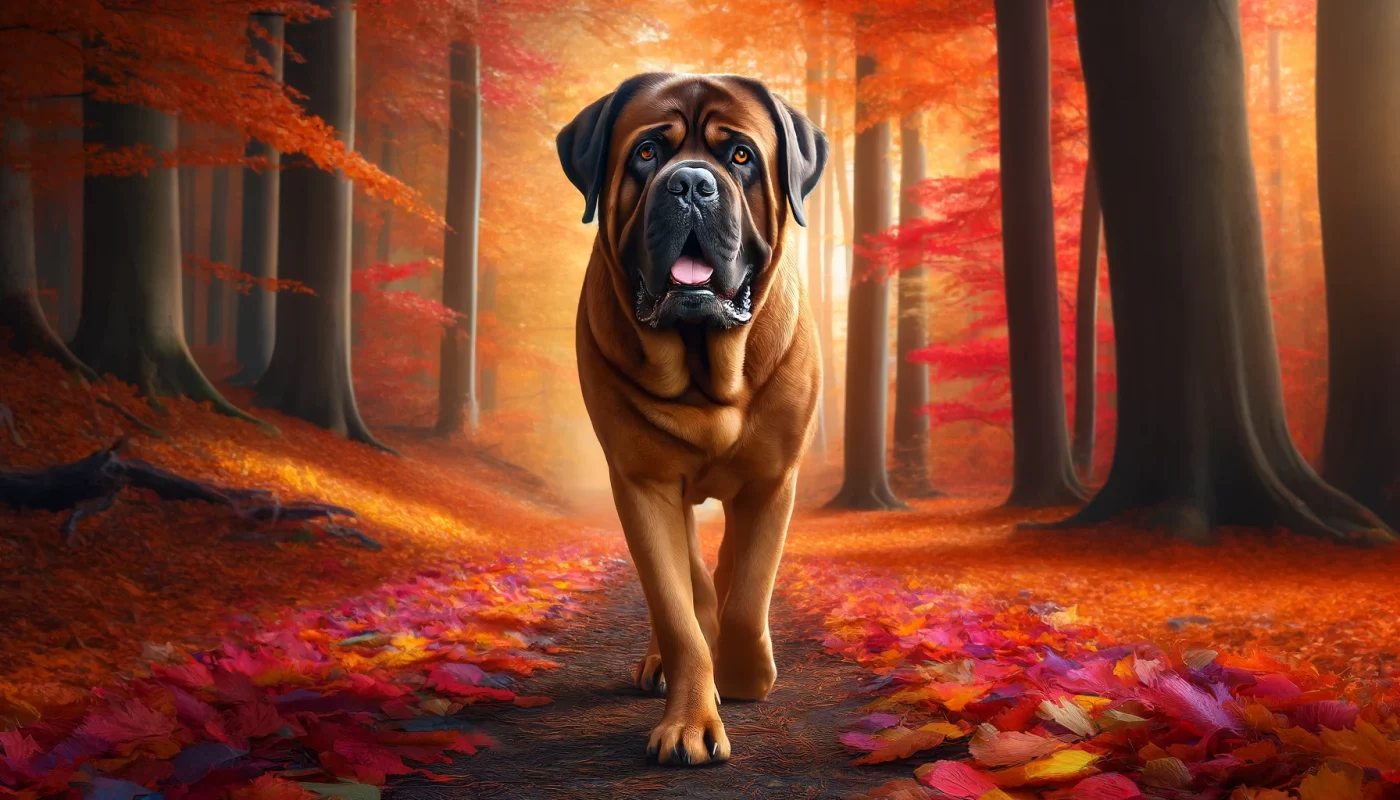
Dark fawn Mastiffs have a deep, rich golden-brown coloration that appears more intense than the standard fawn. This coat color provides a dramatic backdrop to the Mastiff’s powerful physique, highlighting their muscular contours and imposing stature. Dark Fawn is particularly effective at showcasing the breed’s regal bearing and noble profile, making these dogs stand out in both competitive shows and as impressive pets.
6. Black
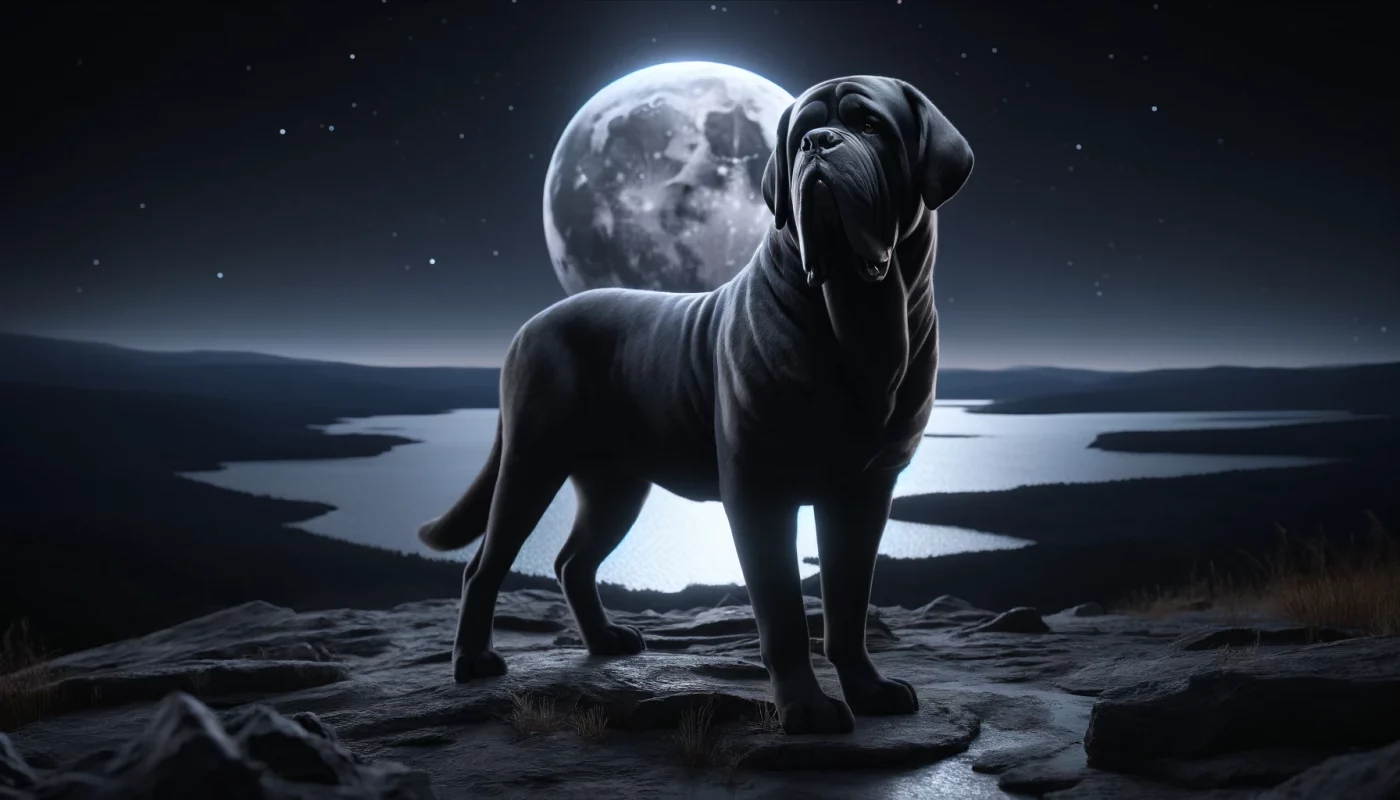
Black Mastiffs are rare and possess a solid, jet-black coat that exudes an aura of mystery and strength. The solid black coat absorbs light, giving these Mastiffs a formidable appearance. While black is less common and sometimes controversial in terms of breed standards, it is undeniably striking and can give a Mastiff an imposing presence unmatched by lighter colors. Black Mastiffs are often the epitome of the guardian breed, reflecting the historic role of these dogs as protectors and defenders.
7. Red
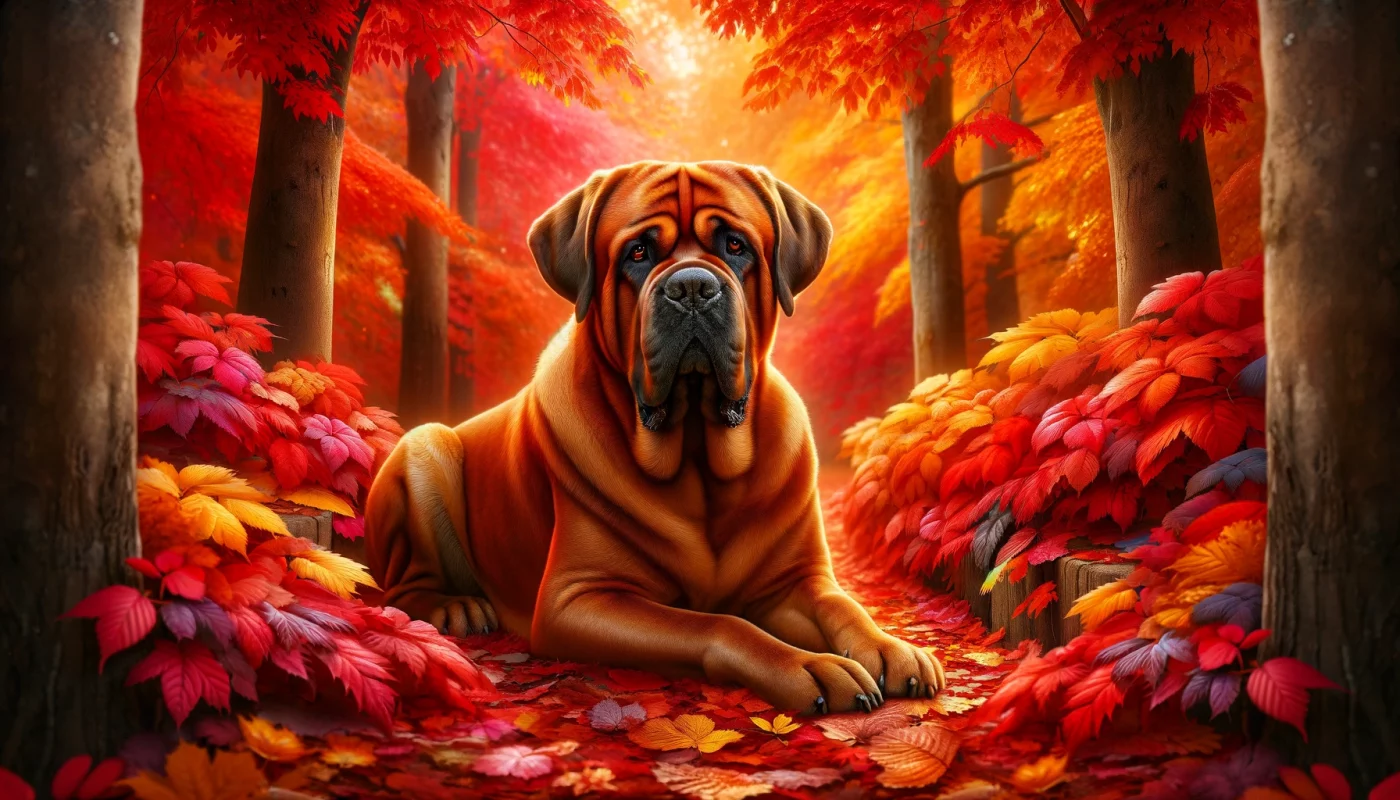
Red Mastiffs display a bold, deep, rust-like color that is both striking and intense. This vibrant coat color can range from a bright copper to a darker, blood-red hue, making it one of the most eye-catching colors in the breed. Red Mastiffs often attract immediate attention due to their unusual and vivid appearance, which can be further accentuated by a darker mask or shading.
In conclusion, Mastiffs showcase a remarkable variety of coat colors, each adding a unique dimension to this already impressive breed. From the subtle beauty of silver fawn to the bold vibrancy of red, these color variations contribute to the breed’s popularity and desirability. Whether serving as loyal companions, protective guardians, or competitive show dogs, Mastiffs in all their colorful glory are a true testament to the diversity and majesty of the canine world.
Frequently Asked Questions About Mastiff Colors
1. What is the most common color in Mastiffs?
The most common color seen in Mastiffs is fawn. This shade ranges from a light, sandy color to deeper, reddish hues, often accompanied by a black mask that enhances the dog’s facial expressions. Fawn is popular due to its classic and widely recognized appearance in the breed. It is not only traditional but also favored in breed standards, making it a preferred choice for both breeders and judges in dog shows. This color highlights the Mastiff’s massive structure and noble bearing, making it a timeless choice for owners and enthusiasts.
2. Are there any colors not accepted in Mastiff breeds?
Yes, certain colors are not accepted or considered standard in some Mastiff breeds. For instance, the English Mastiff standard disallows liver and blue colors. These colors are genetically possible but are viewed as faults in the show ring. Similarly, colors such as solid black or non-standard patterns like merle are not recognized in many Mastiff breeds due to breed standards aiming to maintain a specific aesthetic and historical accuracy.
3. Can Mastiffs be multicolored?
Mastiffs can indeed be multicolored, particularly in patterns like brindle, which displays stripes of dark color over a lighter base color. This pattern can vary from subtle to very pronounced, depending on the individual dog. Brindle Mastiffs are recognized in many breed standards and appreciated for their distinctive camouflage-like appearance, which historically benefitted their roles as guard and hunting dogs. However, multicolor coats like piebald or harlequin patterns are not typical or generally accepted in Mastiffs.
4. What is a brindle Mastiff?
A brindle Mastiff has a coat pattern consisting of dark stripes on a lighter base color. This can range from fawn brindle, where light brown stripes overlay a golden background, to reverse brindle, which is so densely striped that the coat appears almost black. Brindle is a desirable color variation that enhances the rugged appearance of the Mastiff and echoes its historical use as a guardian and hunter. It’s a color pattern recognized and admired for its striking contrast and unique beauty in the Mastiff breed.
5. How rare is the black color in Mastiffs?
Black is quite rare in Mastiffs and is not recognized as a standard color in some Mastiff breeds like the English Mastiff. However, in breeds where black is accepted, such as the Neapolitan Mastiff, it remains uncommon but highly striking. Black Mastiffs have a solid, intense coat color that can make them stand out dramatically compared to their lighter-colored counterparts. The rarity and impactful appearance of black Mastiffs make them particularly notable.
6. Do Mastiffs’ coats change color as they age?
Yes, Mastiffs’ coat colors can change as they age. Puppies often darken as they grow older. For example, a fawn Mastiff puppy might be born very light in color and gradually develop a deeper, richer hue as it matures. Conversely, some brindle Mastiffs may appear darker when young, with their stripes becoming more distinct and their base color lightening as they age. This change is a normal part of the Mastiff’s development and varies from dog to dog.
7. What causes color variation in Mastiff coats?
The color variation in Mastiff coats is primarily genetic. Specific genes dictate the distribution and type of pigment in the coat, resulting in different colors and patterns. For instance, the fawn color is due to a variation in the intensity of the black pigment present, controlled by the Agouti gene. The presence of a brindle pattern is influenced by the K locus, which determines whether the stripes appear. Genetic diversity within the breed can lead to a wide range of colors and patterns, although breed standards may restrict the acceptance of certain variations.
8. Is there any link between coat color and health issues in Mastiffs?
In some cases, there can be a link between coat color and health issues in Mastiffs. For example, dogs with lighter colors or dilute coat colors such as blue or Isabella might be more susceptible to skin conditions or color dilution alopecia. Additionally, white or very light-colored Mastiffs may have a higher incidence of deafness or sun sensitivity. It’s important for breeders to consider these potential health implications when breeding for certain colors.
9. How can I maintain the vibrant color of my Mastiff’s coat?
Maintaining the vibrant color of your Mastiff’s coat involves regular grooming and proper nutrition. Brushing the coat weekly helps remove dirt and distribute natural oils, which enhance the coat’s shine and color. Bathing should be done sparingly with a high-quality dog shampoo to avoid stripping essential oils from the skin. Additionally, a diet rich in omega-3 fatty acids, vitamins, and minerals can promote a healthy, shiny coat. Regular veterinary check-ups will ensure that any health issues affecting coat quality are addressed promptly.
10. What impact does sunlight have on a Mastiff’s coat color?
Sunlight can have a bleaching effect on a Mastiff’s coat color, particularly if the dog is frequently exposed to the sun for prolonged periods. This is more noticeable in darker-colored Mastiffs, where the sun can lighten the coat, sometimes giving it a reddish tinge. To minimize this effect, it’s advisable to limit your Mastiff’s exposure to intense sunlight, especially during the hottest parts of the day, and consider using canine sunscreen for dogs with lighter or thinner coats.
The post Mastiff Colors: 7 Stunning Variations with Pictures appeared first on iHeartDogs.com.
